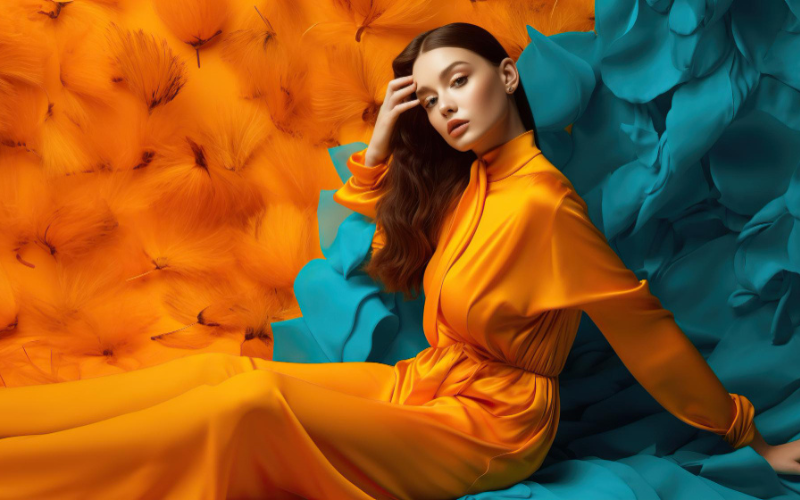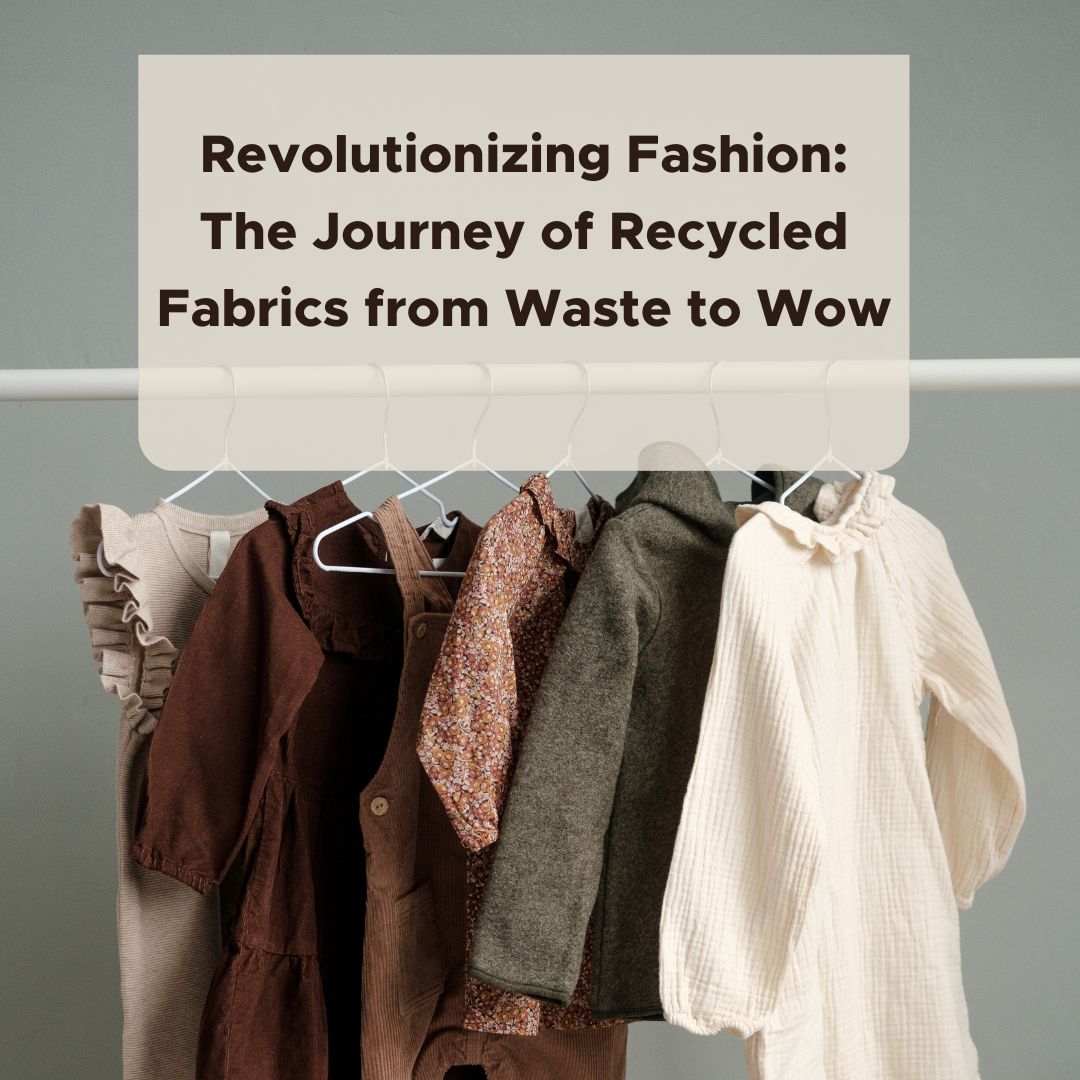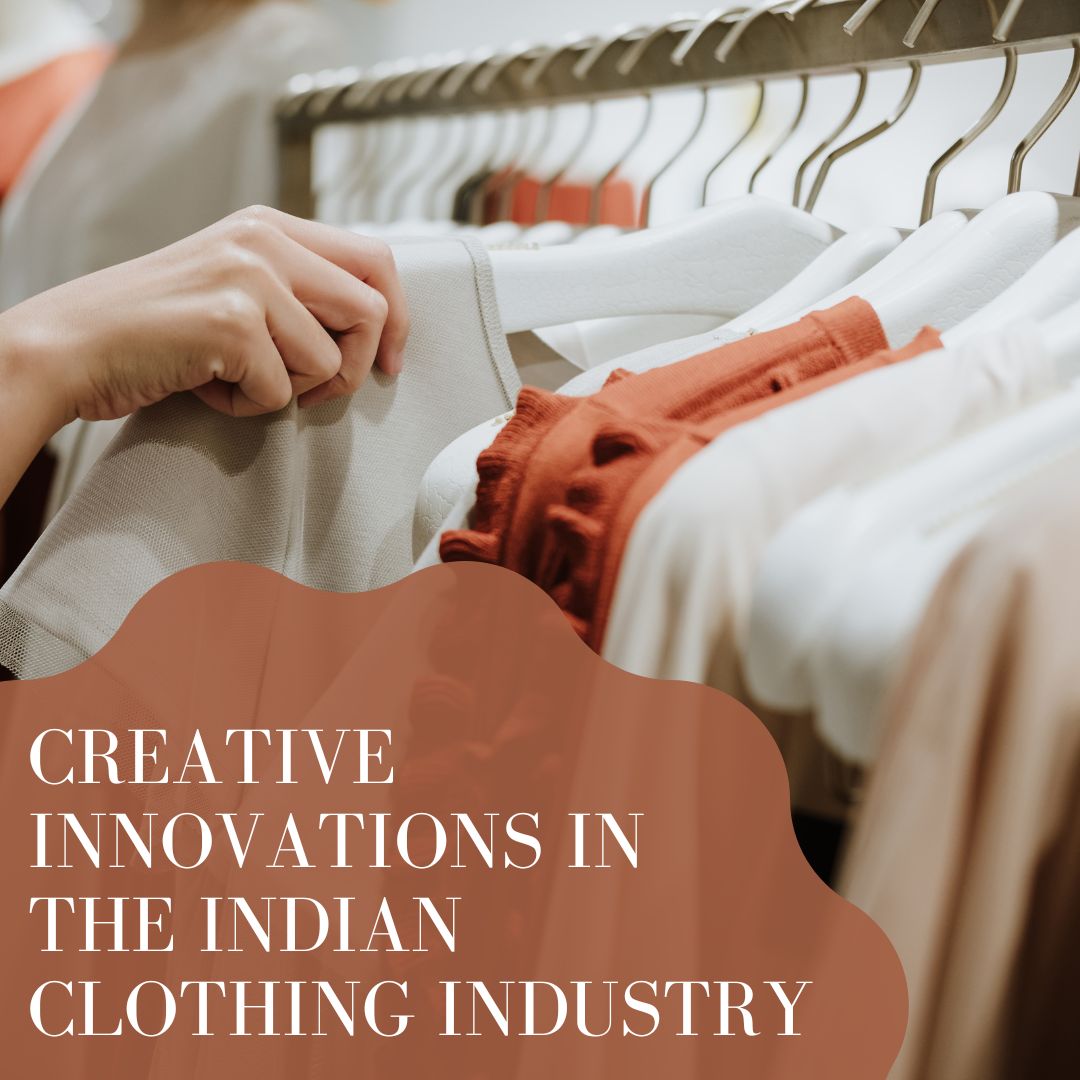Milan Men’s Fashion Week 2025 – Day 2 Highlights
Day 2 of Milan Men’s Fashion Week 2025 unfolded as a celebration of refined craftsmanship, quiet luxury, outerwear innovation, and a growing emphasis on sustainability and wearable elegance. Each designer brought forward not just clothing—but a point of view. From architectural tailoring to tactile minimalism and futuristic function, the showcases […]
Fashion Design Trends for 2024: Styles That Will Dominate the Runways
The fashion world is brimming with innovative styles and trends set to revolutionize the runways. These trends not only capture the essence of contemporary aesthetics but also provide invaluable inspiration for aspiring fashion designers and students. Here’s a detailed look at the top fashion design trends for 2024 and how […]
The Impact of Pattern Making Technology on Fashion Industry Standards
Pattern-making technology has revolutionized the fashion industry, setting new standards for creativity, precision, and sustainability. As the backbone of fashion design, pattern making technology holds immense significance in creating garments. It ensures that designs are transformed into reality with accuracy and style. This blog aims to provide information about the […]
Crafting Style and Strategy: The Crucial Role of Creativity in Fashion Retail
The fashion retail industry is an intricate tapestry woven with threads of creativity, strategy, and consumer engagement. It stands at the intersection of art and commerce, where every fabric, color, and cut tells a story. This blog delves deeper into the essential role of creativity in fashion retail, exploring its […]
Exploring the Latest Trends and Innovations in the Fashion Industry
Fashion design represents an ongoing creative process that consistently adapts to shifting consumer tastes and technological advancements. As we embark on a new era of fashion, designers rigorously explore cutting-edge trends and innovations to develop distinctive and captivating design concepts that resonate with consumers. The fashion industry is wholeheartedly adopting […]
Fashion Designing and the Fancy Jargons
The world of fashion design is rich, diverse, and constantly evolving. For those pursuing a career in fashion design, understanding industry-specific terminology is vital for effective communication and professionalism. Mastering the jargon used in the fashion industry not only enhances your credibility but also helps you navigate the world of […]
Design Thinking in Fashion Designing: Approaches and Applications
Fashion design is a rapidly growing industry, and with the ever-increasing competition, fashion designers need to be innovative and creative to stay ahead. Design thinking has emerged as a new approach to fashion design, offering a fresh perspective and allowing designers to create products that meet the needs of their […]
Revolutionizing Fashion: The Journey of Recycled Fabrics from Waste to Wow
The fashion sector is well-known for being one of the most polluters on the planet, with apparel and textile production considerably impacting environmental degradation. As customers become more conscious of fast fashion’s detrimental impact, there is a growing desire for sustainable and eco-friendly alternatives. Incorporating recycled textiles into designs is […]
CREATIVE INNOVATIONS IN THE INDIAN CLOTHING INDUSTRY
The Indian clothing industry is one of the world’s most vibrant, creative, and evolving industries. From traditional Indian garments to contemporary westernized designs, there is something for everyone. In the past few years, the Indian fashion industry has seen an upsurge in creative innovation, leading to a new wave of […]
The Impact of Metaverse on the Fashion Industry
The fashion industry is constantly evolving, and the introduction of Metaverse has opened a world of possibilities for fashion designers. Metaverse is a virtual world that allows users to create and explore 3D environments. It has the potential to revolutionize the way fashion is designed, produced, and consumed. How the […]











